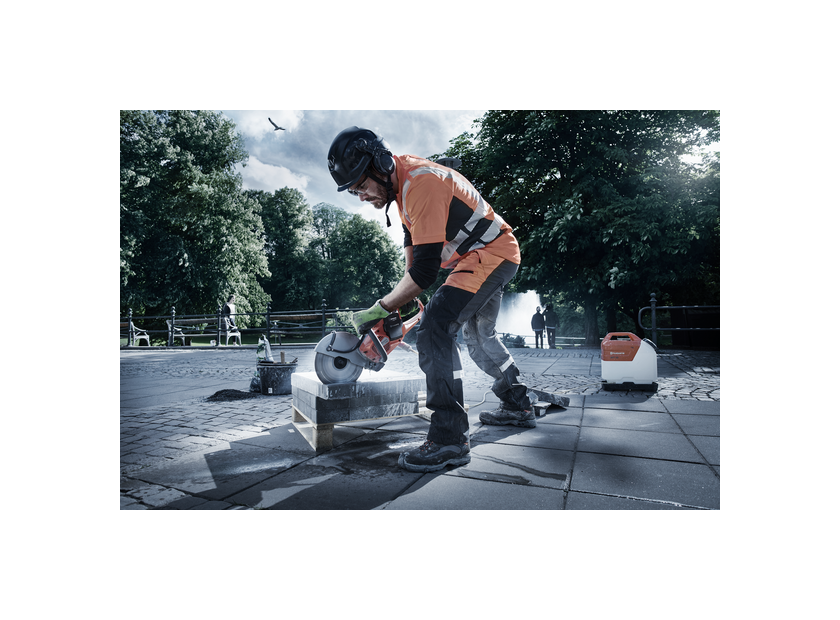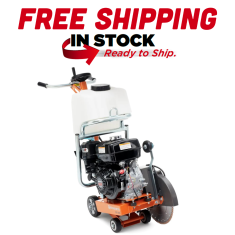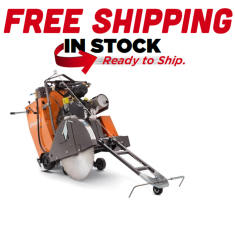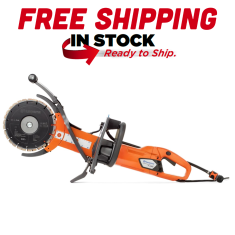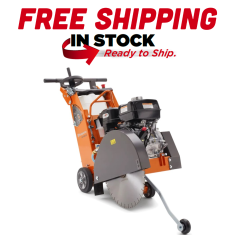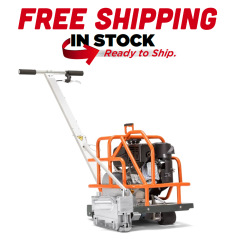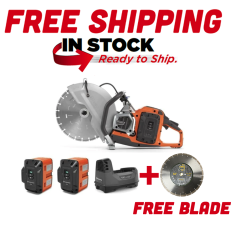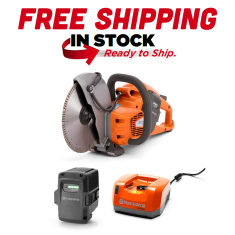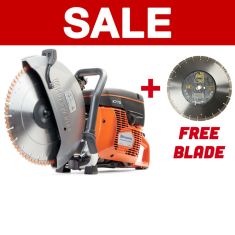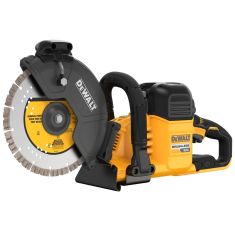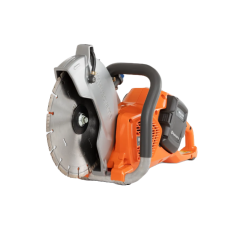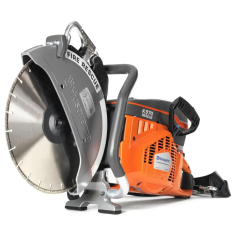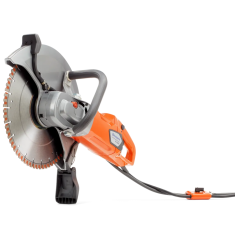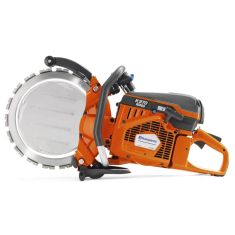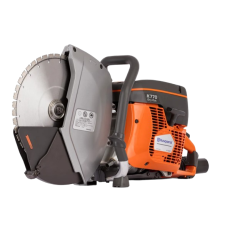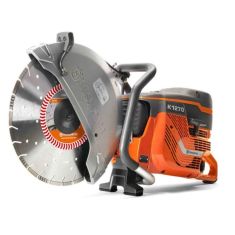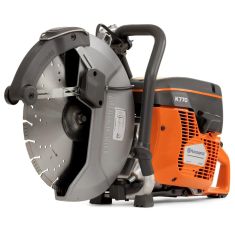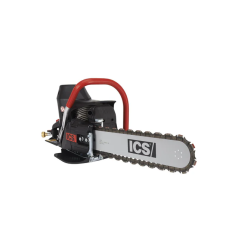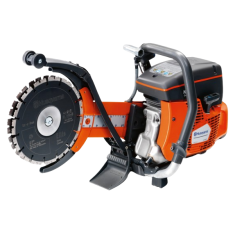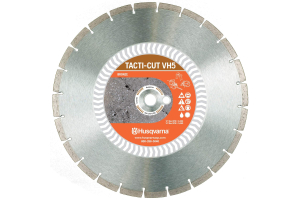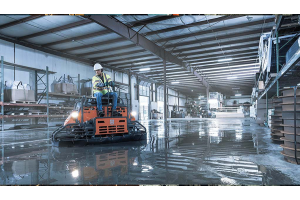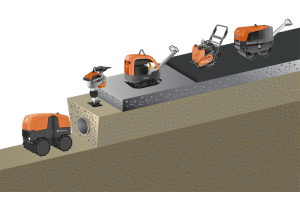How to Select and Maintain a Power Cutter
How to Select and Maintain a Power Cutter: Expert Advice
When it comes to cutting concrete, masonry, or metal, few tools are as indispensable as a power cutter. Also known as a concrete cutter, cut-off saw, or by the popular brand name Husqvarna, these powerful machines make quick work of even the toughest materials. But with so many options on the market, how do you choose the right one for your needs? And once you have it, what's the best way to keep it running strong? We've compiled expert advice from seasoned professionals in the construction industry to help guide your decision.
Choosing the Right Power Cutter for Your Application
The first step in selecting a power cutter is understanding the demands of your specific application. Consider questions like:
- What materials will you be cutting most often? The density and hardness of the material will dictate the power and blade type you need.
- Will you be cutting mostly soft materials like brick and block, or tackling heavy reinforced concrete?
- What is the typical cutting depth required? A 14" blade can cut about 5" deep, while a 16" blade increases that to around 6.25". Consider the thickness of your typical slabs.
- Will you be working indoors where gas fumes could be an issue? Enclosed spaces require special considerations.
- How important are weight and maneuverability for your jobs? Larger saws offer more power but can be more fatiguing to use over a full shift. A few extra pounds can make a big difference by the end of the day.
For most common applications like cutting concrete with some rebar, a 14" gas saw offers ample power at a reasonable weight of around 27 lbs. While electric saws are available in similar sizes, gas-powered models still reign supreme for their combination of power and portability. The Husqvarna K770 Power Cutter is an excellent choice for such tasks, offering a balanced mix of power and maneuverability.
If you're regularly tackling thicker slabs with more rebar, you may want to step up to a 16" model or a higher horsepower saw. Keep in mind, though, that the added size and power comes at the cost of more weight and reduced maneuverability in tight spaces. A 16" saw with higher horsepower can easily weigh over 30 lbs. For example, the Husqvarna K970 Gasoline Powered Diamond Ring Cutoff Saw is designed for demanding tasks but requires more effort to handle due to its size.
For indoor work where gas fumes are a concern, electric and battery-powered cutters are the way to go. Corded electric models are available for both standard 120V outlets and 480V for heavy-duty use. The latest battery-powered saws offer the portability of gas with zero emissions, making them ideal for indoor or confined spaces. Just be prepared to swap batteries more frequently, as one charge typically equates to about half a tank of gas runtime. The Husqvarna K 7000 Electric Ring Saw is a top choice for indoor cutting, providing powerful performance without the fumes.
The Importance of Blade Selection
Equally important as the saw itself is choosing the right diamond blade for your material. When cutting heavy, reinforced concrete, opt for a blade with high diamond content. The more diamonds, the faster and longer the blade will cut. The Husqvarna ELITE SOFF-CUT XL 2000 is designed for such tough materials.
On the other hand, using a high-diamond blade on softer materials can be overkill and make the saw more difficult to control. For brick, block, and other less dense materials, choose a blade with lower diamond content for a smoother, more controlled cut.
Using the wrong blade for the job will lead to subpar performance and premature wear. A low-diamond blade on hard concrete will glaze over and cut slowly, while an aggressive blade on soft masonry will be grabby and hard to handle. Always match the blade to the material for optimal results.
Maintenance Tips for Long Saw Life
With proper care, a quality power cutter can provide years of reliable service. Here are some key maintenance tips to keep your saw running strong:
- Fuel Mix: For gas saws, using the correct fuel mixture is critical. Most saws require a 50:1 ratio of gasoline to two-stroke oil. Even small deviations from this mix can cause major engine damage. If you're not confident in mixing your own fuel, consider using premixed cans to ensure the perfect ratio every time.
- Air Filter: Concrete cutting generates a tremendous amount of dust, so regularly checking and cleaning the air filter is a must. A clogged filter restricts airflow, robbing the engine of power and potentially causing overheating. Keep spare filters on hand and replace them at the first sign of heavy soiling. The Husqvarna K3000 Vacuum Dust Reducer Attachment Assembly can help manage dust and maintain air filter longevity.
- Belt Tensioning: The drive belt is the heart of the saw's power transmission. Check the tension regularly and adjust as needed. A loose belt will slip under load, reducing cutting performance and leading to premature wear.
- Blade Guard: The blade guard is your first line of defense against a broken blade and flying debris. Never operate the saw with a damaged or missing guard. Make sure it moves freely and returns to position after each cut. If it's sticking, clean and lubricate the pivot points.
- General Cleaning: Concrete slurry and dust will find their way into every nook and cranny of the saw if given the chance. After each use, take a few minutes to thoroughly clean the saw, paying special attention to the blade guard, motor cooling fins, and any moving parts. A quick daily cleaning will prevent buildup and keep your saw running smoothly.
- New Saw Break-In: When putting a brand-new saw into service, follow the manufacturer's break-in procedure to the letter. This usually involves running the saw at full throttle for the first tank of fuel to properly seat the piston rings and other moving parts. Babying the saw during this critical period can actually lead to reduced performance and shorter lifespan down the road.
Safety First
No discussion of power cutters would be complete without a strong emphasis on safety. These saws are incredibly powerful tools that demand respect and proper handling at all times. Always wear appropriate personal protective equipment (PPE) including:
- Safety glasses or face shield to protect against flying debris
- Ear protection to guard against noise-induced hearing loss
- Dust mask or respirator to avoid inhaling harmful silica dust, which can cause serious lung issues
- Sturdy boots with good traction to maintain stable footing
- Cut-resistant gloves to protect your hands from abrasions and cuts
When operating the saw, always keep both hands firmly on the handles. If you find yourself tempted to one-hand the saw, stop immediately and take a break. Fatigue can lead to dangerous lapses in judgment and control.
Be keenly aware of your surroundings and any potential hazards. Survey the job site before starting work and make sure your cutting area is free of trip hazards and debris. When cutting pipe or other cylindrical materials, use extra caution as the material can shift unexpectedly, pinching the blade and causing violent kickback. Many serious injuries and even fatalities have occurred from saw kickback.
If you're new to using power cutters or haven't had formal training, consider investing in a hands-on safety course. Many manufacturers and equipment dealers offer training sessions that cover topics like proper handling, maintenance, and emergency procedures. The time spent learning from experienced professionals can pay huge dividends in increased efficiency and reduced accidents on the job.
Putting It All Together
Choosing the right power cutter and diamond blade for your specific application is critical to getting the job done quickly, safely, and efficiently. By carefully considering factors like power, weight, and portability, you can select a saw that will be a pleasure to use shift after shift. For a broad selection of power cutters and accessories, visit CMU Supply's saw section.
Once you have your saw, commit to a regular maintenance routine. A well-maintained saw not only performs better but also lasts longer, saving you money on repairs and replacements over time.
Above all, always put safety first. Power cutters are not toys and should never be treated as such. By following proper safety protocols and investing in training for your crew, you can ensure everyone goes home safe at the end of the day.
If you have any questions about selecting or maintaining a power cutter for your specific needs, don't hesitate to reach out to our knowledgeable team. With decades of experience in the concrete cutting industry, we're here to help you find the perfect saw for your business and keep it running strong for years to come.































